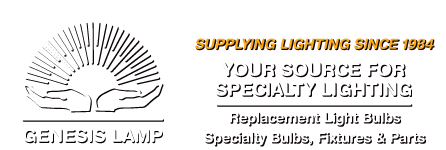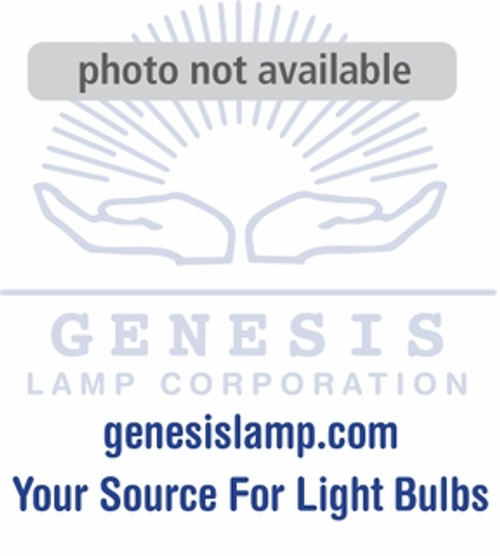SIGNET SERIES - Helipad Flood Light
Helidecks, Heliports, Helipad Flood Lighting
The SIGNET is a cast modular aluminum LED fixture that will be used on Helidecks and Heliports for flood lighting of the Final Approach & Take-off (FATO) and Touchdown & Liftoff Area (TLOF) outside of the Perimeter areas, to illuminate any obstructions and the landing zone. The fixture provides provides a 80° wide beam by 10° vertical beam, that minimizes any glare.
Features:
Lightweight aluminum design
Universal AC Input: 100-265VAC 50/60Hz, 25 Watts
Over 7000 candela Peak Beam Intensity
2 Year Warranty
Standardized LED Module
High Efficiency LED Drivers
Order Item Number: 80-0001-001
Federal Aviation Administration (FAA) Advisory Circulars (ACs) and Engineering Briefs:
| AC 150/5200-30 | Airport Winter Safety and Operations |
| AC 150/5340-30 | Design and Installation Details for Airport Visual Aids |
| AC 150/5345-10 | Specification for Constant Current Regulators and Regulator Monitors |
| AC 150/5345-26 | Specification for L-823, Plug and Receptacle, Cable Connectors |
| AC 150/5345-42 | Specification for Airport Light Bases, Transformer Housings, Junction Boxes, & Acc. |
| AC 150/5345-47 | Specification for Series to Series Isolation Transformers for Airport Lighting Systems |
| AC 150/5345-53 | Airport Lighting Equipment Certification Program |
| Engineering Brief 67 | Light Sources for Airport and Obstruction Lighting Fixtures. |
Temperature:
The light fixtures must achieve specified performance under the following environmental conditions:
- Operating: exposure to any temperature from -40 degrees Fahrenheit (F) (-40 degrees Celsius (C)) to 131 degrees F (55 degrees C).
- Storage/shipping: exposure to any temperature from -67 degrees F (-55 degrees C) to 131 degrees F (55 degrees C).
- Temperature shock. Exposure of the hot light fixture to cold water spray.
- Salt fog. Exposure to a corrosive salt atmosphere.
- Wind. Exposure to wind velocities of 300 mph (482 kph) for all L-804, L-861, and L-862 fixtures, and 150 mph (241 kph) for all other elevated fixtures.
- Precipitation. Exposure to rain, snow, ice, and standing water.
- Solar radiation. Exposure to solar radiation.
Elevated Lights:
- The standard installed height of elevated light fixtures must not exceed 14 inches (355.60 mm) (except L-804 that has a minimum height of 14 inches (355.60 mm) from the bottom of the light emitting surface to ground level). However, this height may be increased, in increments of 2 inches (50.80 mm), to a maximum 30 inches (762.00 mm) for applications in snow areas (except L-804 that has a maximum of 26 inches (660.40 mm) including fixture pitch).
- Installation standards are contained in AC 150/5340-30.
- When the purchaser specifies that a mounting system be provided, it must be per paragraphs 3.4.2.1 through 3.4.2.3.
Yield Device:
- Each elevated light fixture must have a yield point near the point or position where the light attaches to the base plate or mounting stake. The yield point must be no more than 1-1/2 inches (38.10 mm) above grade, must give way before any other part of the fixture is damaged, and must withstand a bending moment of 150 foot-pounds (203 Newton-meters (N-m) without failure.
- This yield point must also separate cleanly from the mounting system before the bending moment reaches 500 foot-pounds (678 N-m). However, L-860 fixtures may bend instead of separating. The fixture must not sway more than 1 inch from vertical under the specified wind loading. If the yield device uses a threaded connection to the base plate or stake, it should have a male external thread with either 2 inch (50.80 mm)-11.5 National Pipe Thread (NPT) or National Pipe Straight (NPS) thread, or 1.5 inch (38.10 mm)-12 Unified Fine (UNF) thread. If threaded, the yield device must have a faceted surface, i.e., hexagonal section, below the yield point to facilitate removal. The yield device should be easily replaceable after breakage.
- For Mode 1 (series-powered) fixtures, the yield device must be hollow to allow a receptacle and socket to be positioned internally per paragraph 3.7.2. If the yield device is of the “pop-out” variety that may be reassembled after separation, the manufacturer must provide test data demonstrating the number of times the device may be separated before falling outside of the acceptable yield device performance band. This information must be included in the instruction manual.
- Nonmetallic yield devices must provide specified performance over the full temperature range with appropriate grounding capability for the attached fixture.
- Elevated light fixtures must be constructed so that a tight seal is formed between the components. A gasket must be used between the fixture cover and body to improve the seal. The fixture must be constructed so that any water developed internally will drain down past the yield point. The L-804 fixture may use a drain hole rather than drain down the mounting legs. The design should not allow water build-up around the yield point.
Finish:
- All surfaces of the finished top assembly must be smooth, without burrs or sharp edges. Any “O” ring grooves must have a surface finish of 64 rms maximum as defined in ANSI B46.1. In addition, all edges above the pavement must be rounded to not less than 1/16-inch (1.59 mm) radius. The surface on the light fixture that mates with the base flange must have a smooth finish to provide good load transfer and sealing.
Elevated Lights:
- Protection of Metals.
- Ferrous metals must be galvanized or given other equal corrosion protection.
- Copper bearing hardware in contact with aluminum must be plated with nickel or zinc Finishes.
- For non-optical surfaces, the exterior finish must match color No. 13538, Aviation Yellow,
- Table V of FED-STD-595B unless otherwise specified.
Shields:
- For elevated lights, except for L-804, the manufacturer may provide shields to eliminate unneeded light. These shields are attached after the fixture is in place and are oriented according to the needs of a particular installation. All shields are subject to the same wind loading and other environmental requirements as the fixture to which they attached.









